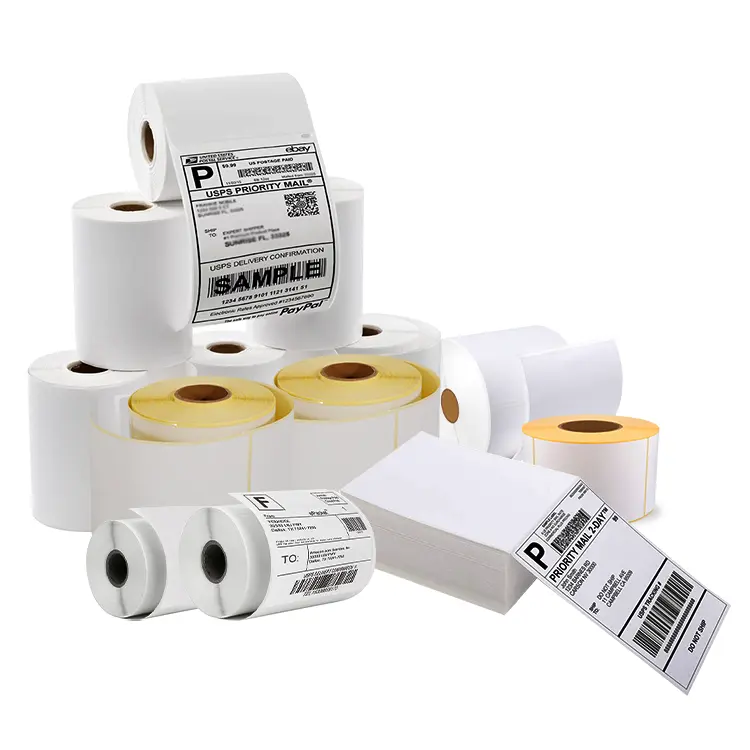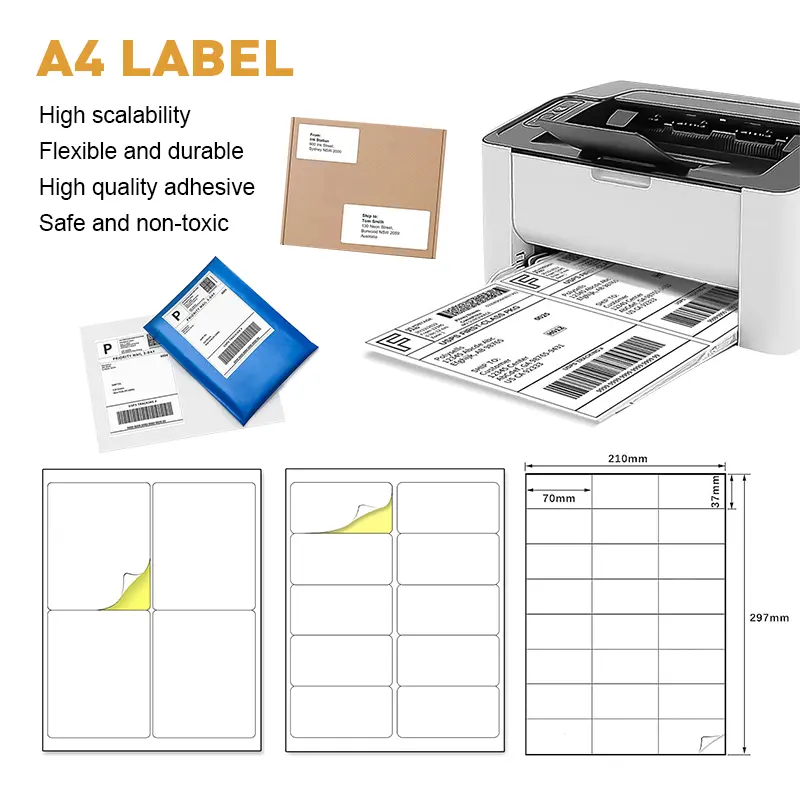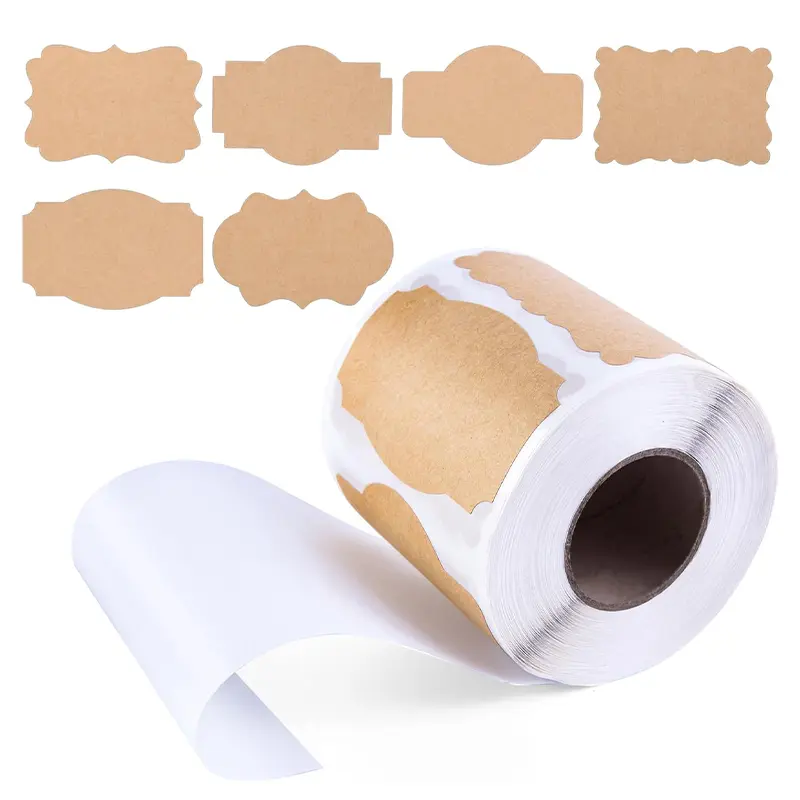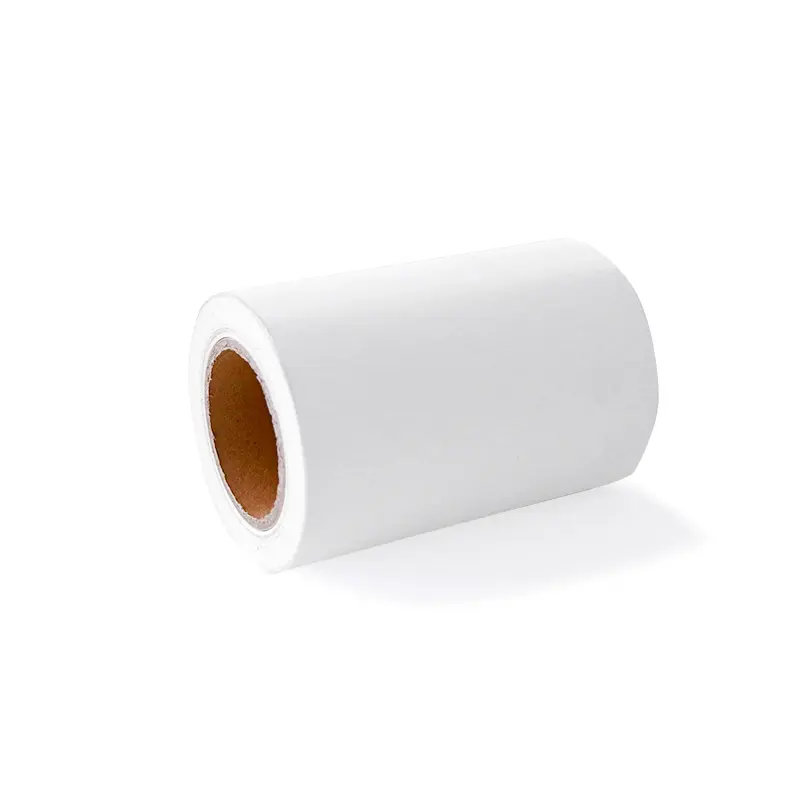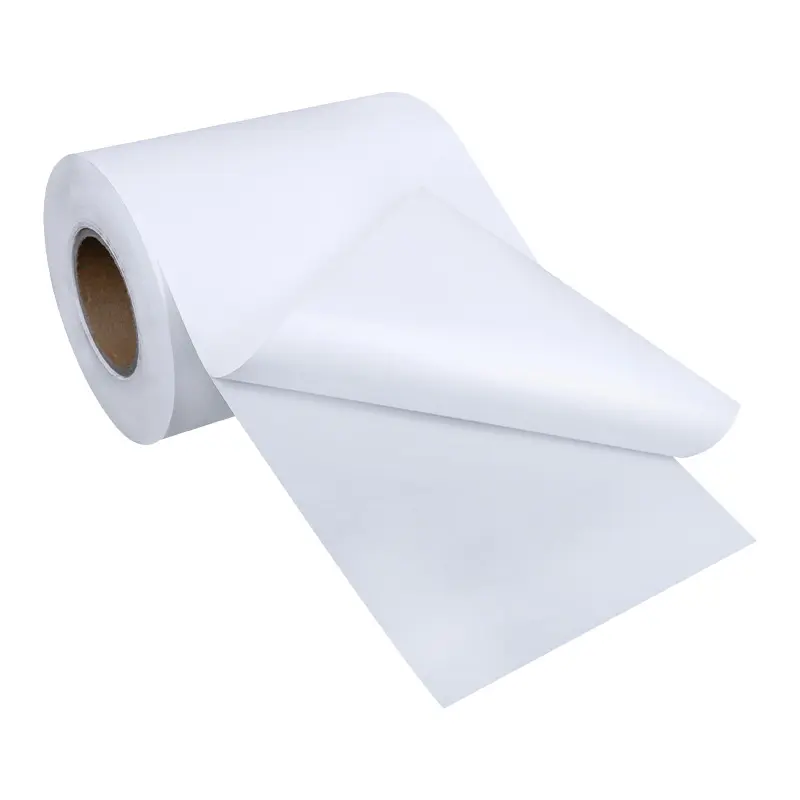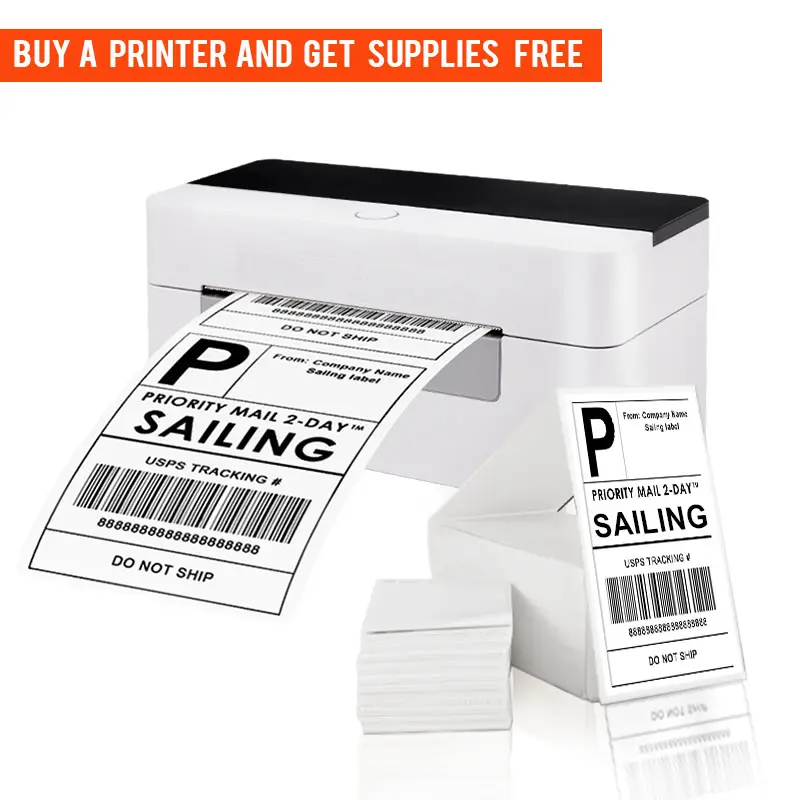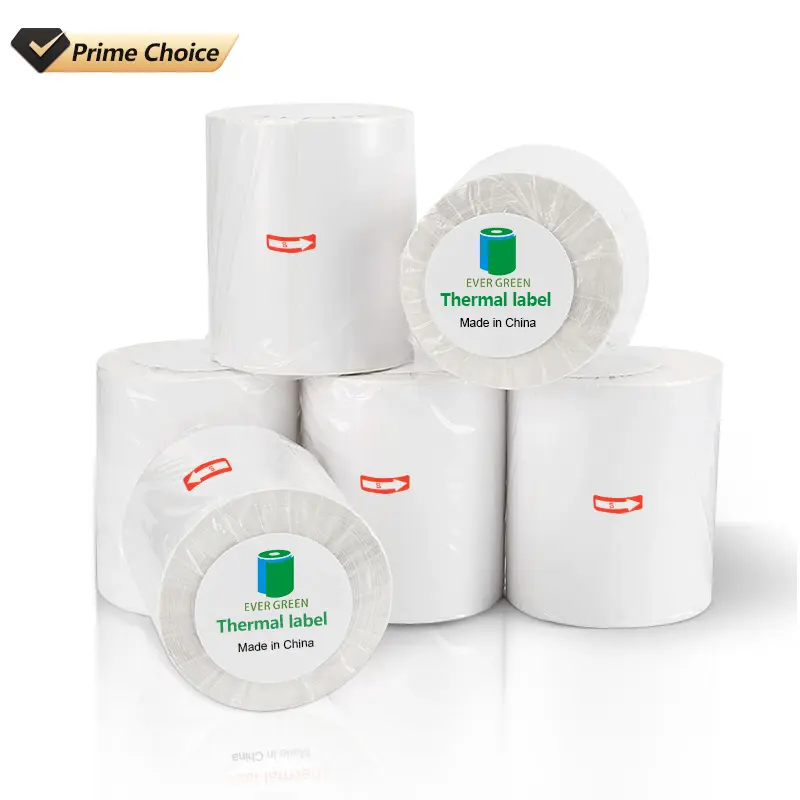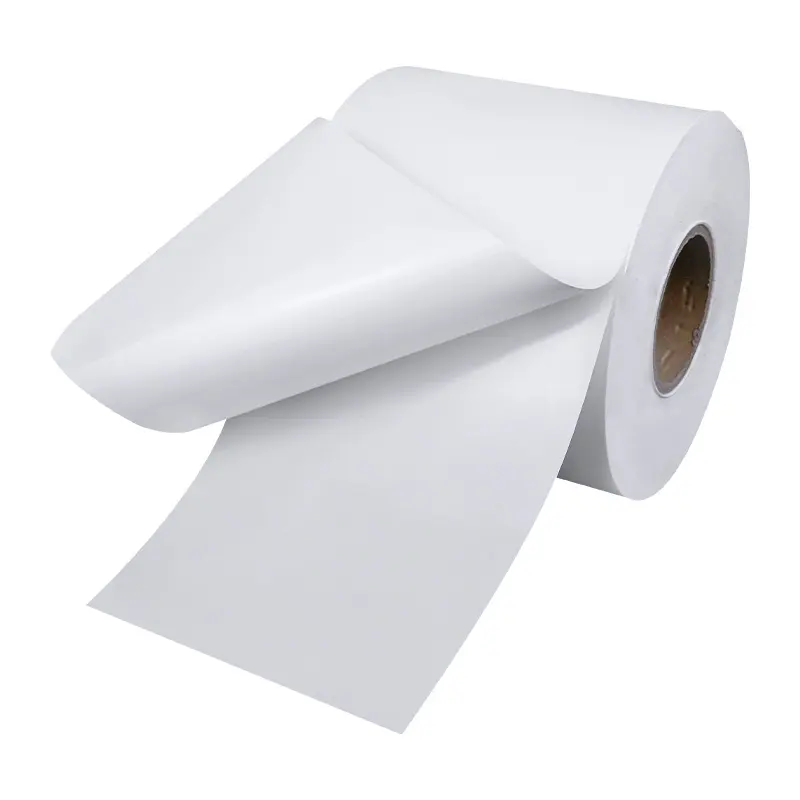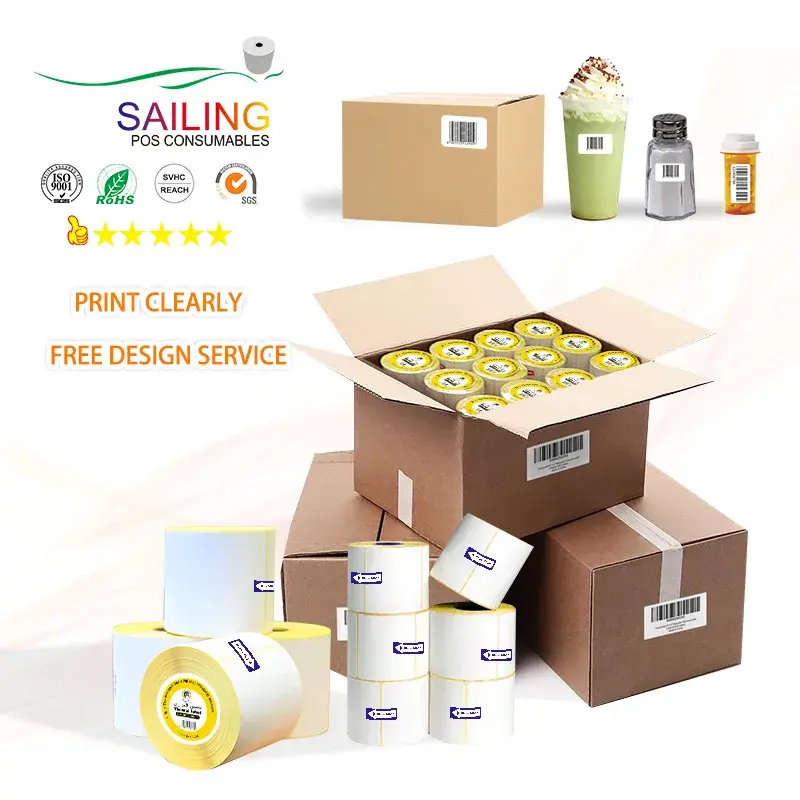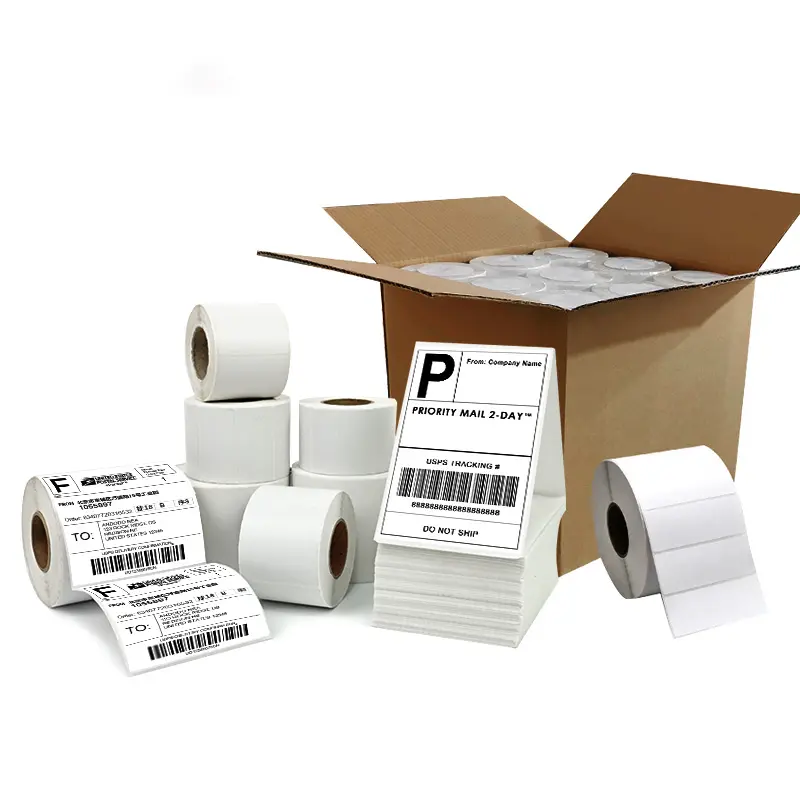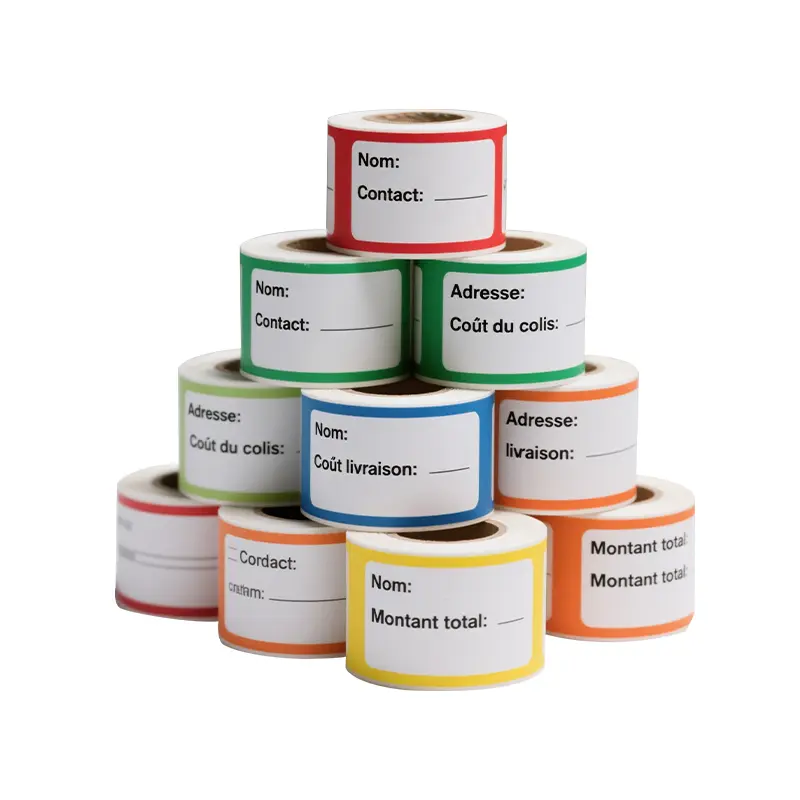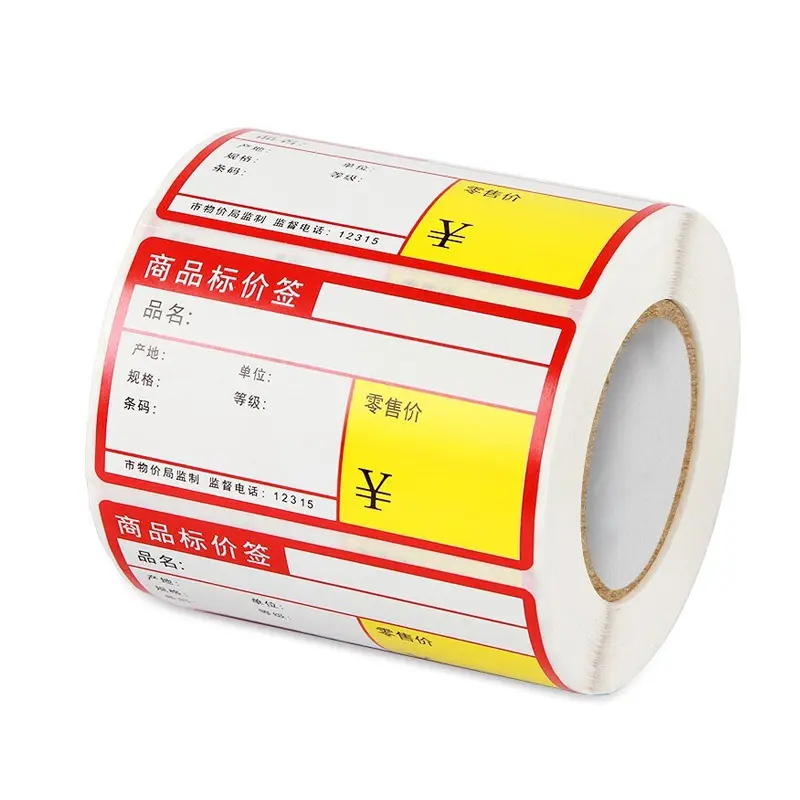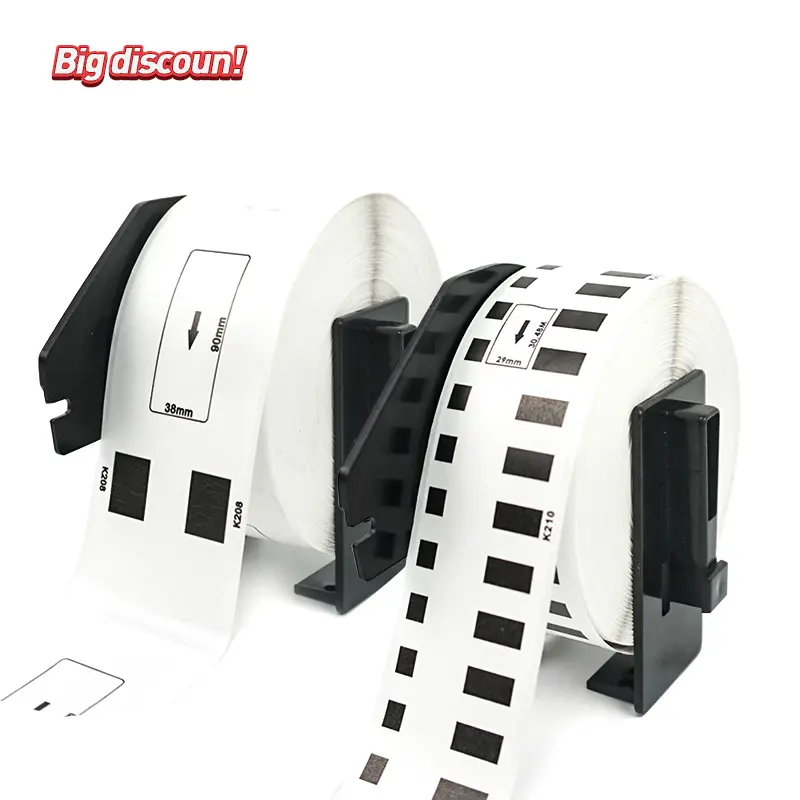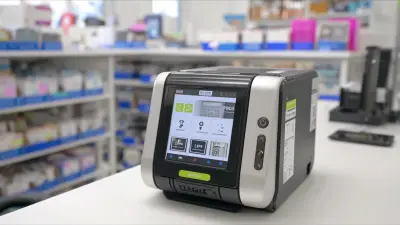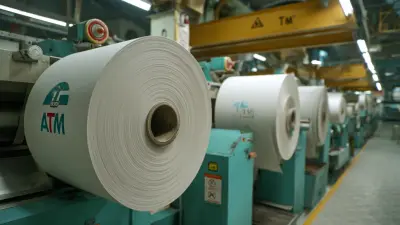Top Thermal Labels: Key Differences and Leading Manufacturers Explained
Understanding thermal labels is vital for any business aiming to enhance efficiency and reduce costs. As an experienced OEM, I've observed how different types of thermal labels cater to the specific requirements of manufacturers and exporters. With a variety of materials, adhesives, and print qualities available, selecting the right label type is essential for optimal performance. Our thermal labels are engineered to endure various environments and usage scenarios, making them perfect for shipping, inventory management, and product labeling. Let’s collaborate to find the ideal solution for your labeling needs at ShenZhen Sailing Paper Co., Ltd.
Why Trust Thermal Labels Differences Trusted by Pros Application
In an era where efficient logistics and high-quality packaging are paramount, the choice of labels can significantly impact business operations. "Why Trust Thermal Labels Differences Trusted by Pros Application" delves into the essential factors that set premium thermal labels apart from the rest, particularly for global buyers seeking reliability and excellence. At Sailing, we understand that our clients, whether local or international, rely on labels that not only endure various conditions but also maintain high printing quality for clear and precise information delivery.
Since our establishment in 2011, Sailing has evolved from a local paper converter into a prominent international group, with production facilities in both China and Malaysia. This strategic positioning allows us to blend quality craftsmanship with efficient supply chain management, ensuring that our thermal labels meet diverse global standards. Professionals trust our thermal labels because they are engineered using state-of-the-art technology and rigorous quality checks, making them perfect for diverse applications in logistics, retail, and manufacturing. When purchasing labels, it's crucial to consider not only the face value but also the backing of a reputable supplier. By choosing Sailing, you invest in a partnership that prioritizes quality, consistency, and service excellence tailored to your operational demands.
In conclusion, making informed decisions about thermal labels can lead to significant operational efficiencies. Our commitment to high standards and customer satisfaction places us at the forefront of label solutions. As you explore your options, consider the advantages of partnering with an experienced manufacturer like Sailing, dedicated to delivering innovative products that help your business thrive in today's fast-paced market.
Why Trust Thermal Labels Differences Trusted by Pros Application
| Label Type | Thermal Method | Durability | Best Use Case | Temperature Resistance | Environmental Resistance |
|---|---|---|---|---|---|
| Direct Thermal | Direct Printing | 1-3 years | Shipping Labels | Up to 60°C | Low |
| Thermal Transfer | Ribbon Printing | 3-5 years | Product Labels | Up to 120°C | Medium |
| Synthetic | Thermal Transfer | 5+ years | Outdoor Use | -40°C to 150°C | High |
| Paper | Direct Thermal | 1 year | Barcode Labels | Up to 50°C | Low |
| Clear Polypropylene | Thermal Transfer | 5 years | Product Branding | Up to 100°C | Medium |
10 Essential Tips For Thermal Labels Differences Your Trusted OEM Partner Where Service Meets Innovation
J
James Thompson
The quality of this product exceeded my expectations. The team provided outstanding support throughout the purchasing process.
08
June
2025
A
Alexander Perez
Top quality product! The customer service staff was engaged and incredibly helpful.
13
June
2025
O
Owen Johnson
Excellent quality! Their customer service team was very efficient and polite.
14
May
2025
N
Natalie Torres
Incredible quality! Their support staff was prompt and skilled in addressing my questions.
01
June
2025
S
Sophia Adams
Absolutely satisfied! The product quality matched my expectations, and the service was very personalized.
11
May
2025
L
Logan Taylor
Just perfect! The quality of the product and the efficient service were truly commendable.
05
June
2025






 Thermal labels
Thermal labels

